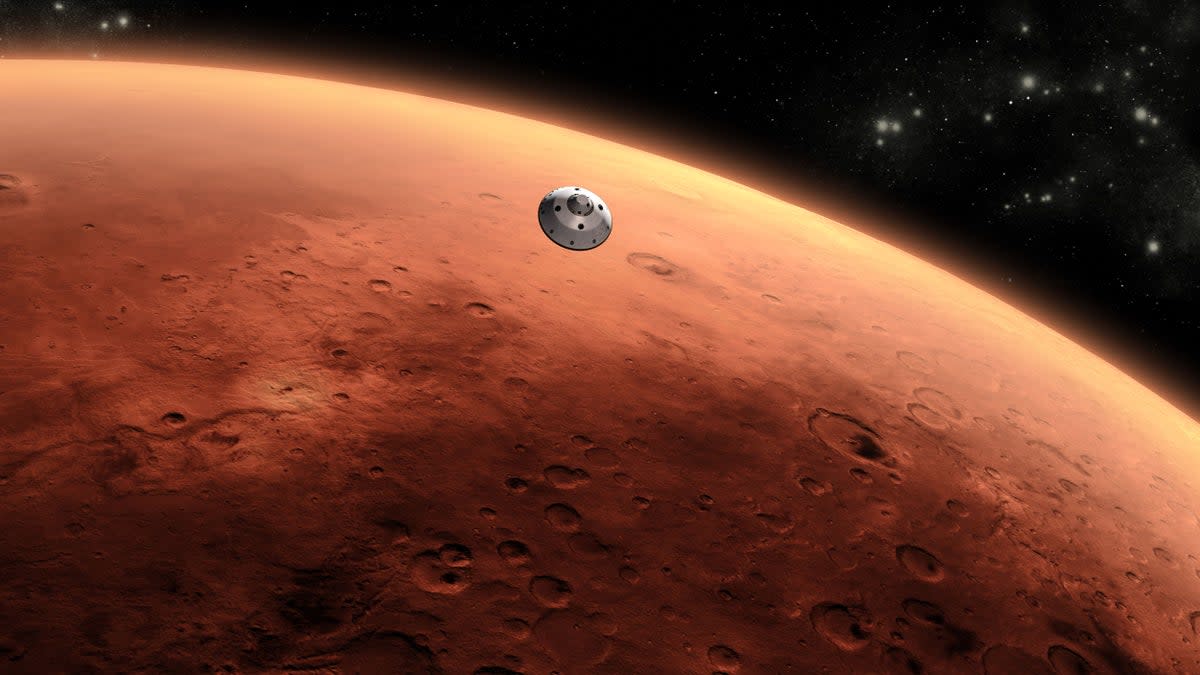Reflections from Mars could be caused by something stranger than water, scientists say

Scientists have found that reflections from Mars’ south pole may not be the sign of liquid water that they were expecting.
While there is water in many locations on Mars – including the poles – significantly bright reflections were detected under a 1.4-kilometer-thick formation of relatively pure water ice by the European Space Agency’s Mars orbiter.
But computer simulations, generated by Cornell University researchers, suggest that another phenomenon – interference between geological layers on the Red Planet - might be the real cause.
Strong reflections can be generated in these simulations without liquid water or other rare materials, making it unlikely that there is liquid water below Mars’ South Pole Layered Deposit.
The simulation was comprised of layers made of four materials – atmosphere, water ice, carbon dioxide ice and basalt – with the computer monitoring each layers’ interaction with electromagnetic radiation.
The researchers found that three layers, comprised of two layers of carbon dioxide separated with one of ice, could produce reflections like those seen on the planet.
“On Earth, reflections that bright are often an indication of liquid water, even buried lakes like Lake Vostok [under the surface of the East Antarctic Ice Sheet],” Dan Lalich, research associate with Cornell Center for Astrophysics and Planetary Science, said. “But on Mars, the prevailing opinion was that it should be too cold for similar lakes to form.
“I used CO2 layers embedded within the water ice because we know it already exists in large quantities near the surface of the ice cap. In principle, though, I could have used rock layers or even particularly dusty water ice and I would have gotten similar results.
The discovery of water on Mars is vital because it could be an indicator of life, as well as being a resource humans could use to develop an outpost.
“None of the work we’ve done disproves the possible existence of liquid water down there,” Mr Lalich said. “We just think the interference hypothesis is more consistent with other observations. I’m not sure anything short of a drill could prove either side of this debate definitively right or wrong.”
Earlier research published in January reinforces the idea that water is not present under the pole. “For water to be sustained this close to the surface, you need both a very salty environment and a strong, locally generated heat source, but that doesn’t match what we know of this region”, Cyril Grima, a planetary scientist at the University of Texas Institute for Geophysics, said.
Volcanic rock, buried under ice, seems a more likely explanation - as iron-rich lava flows on Earth can leave behind rocks that produce similar reflections, and its possible that the same effect is happening on our neighbouring planet.

